七言排律 沈阳故宫礼赞
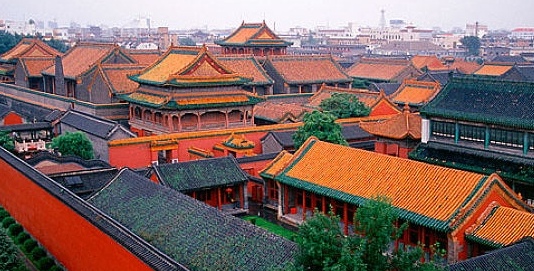
七言排律•沈阳故宫礼赞
蒲文强
2021年8月7日
举目故宫望盛京[1],东中西路[2]筑皇城。
巍峨宏伟立天地,大政殿邻十王亭[3]。
风格彰显滿汉蒙[4],统一北方应天命。
遥想当年鏖战急,金戈铁马天地浑。
努尔哈赤[5]定国都,气吞万里十万兵。
继往开来皇太极[6],雄才大略国力兴。
江山社稷举圣贤,孝庄[7]惠眼择明君。
立贤非长[8]开新政,六岁顺治[9]主乾坤。
大政殿[9]行登基礼,崇政殿[9]中会群臣。
大清帝国立东方,和硕多尔滾[10]辅政。
百年往事梦牵绕,英雄千古铸雄魂。
一代贤王今何在?不见当年多尔滾。
风风雨雨三百年,金碧辉煌万年春。
皇宫陪都与驻跸,灿烂辉煌两昆仑。
世界遗产[11]在故宫,游人皆发赞叹声。
国家一级博物馆,沈阳故宫气象新。
注释:
[1] 盛京是清朝(后金)在1625至1644年的都城。即现今辽宁省沈阳市故宫。
[2] 沈阳故宫按照建筑布局和建造先后,分为东、中、西三路。东路为努尔哈赤所建的大政殿和十王亭。大政殿为八角重檐攒尖式建筑,为皇帝举行大型庆典和集会时使用,也是皇帝与八旗诸王和大臣议政之处。。中路——大清门、崇政殿、凤凰楼、清宁宫等。于1627年至1635年建成,是皇帝进行政治活动和后妃居住的地方。西路——戏台、嘉荫堂、文溯阁和仰熙斋等。于1782年建成,是清朝皇帝“东巡”盛京(沈阳)时,读书看戏和存放《四库全书》的场所。
[3] 大政殿与十王亭。于1625年开始创建,是皇帝举行“大典”和八旗大臣办公的地方。
[4]沈阳故宫的建筑风格,彰显了滿族、汉族、蒙古族的文化艺术特色。
[5] 努尔哈赤天命十年(1625年),从辽阳迁都到了沈阳,即现在的沈阳故宫。
[6] 天命十一年(1626年),努尔哈赤去世后,皇太极继承汗位,年号天聪。
[7] 爱新觉罗▪福临是清太宗爱新觉罗·皇太第九子,生母孝庄文皇后博尔济吉特氏,六岁即位的关键性人物是孝庄皇后的拥立及叔父和硕睿亲王的支持和摄政。
[8] 立贤不立长,是清册立新君的重大进步。
[9] 1644年,顺治皇帝在大正殿登基继位。
[10]顺治皇帝即位后,多尔衮和济尔哈朗以辅政王身份辅佐皇太极第九子福临,称摄政王;顺治元年(1644年)指挥清兵入关,清朝入主中原,先后封叔父摄政王、皇叔父摄政王、皇父摄政王。
[11] 2004年7月1日,在中国苏州召开的第28届世界遗产委员会会议批准沈阳故宫作为明清皇宫文化遗产扩展项目列入《世界遗产名录》。 2017年,沈阳故宫博物院成功晋级“国家一级博物馆”。

Seven character rehearsal • praise of Shenyang Forbidden City
Pu Wenqiang
August 7, 2021
Raise your eyes to the Forbidden City and look at Shengjing [1], and build the imperial city on Dongzhong West Road [2].
Towering and magnificent, the great political hall is adjacent to the ten kings Pavilion [3].
The style highlights the Manchu, Han and Mongolian [4], and unifies the north according to the destiny.
Think back to the fierce battle in those years, the world was full of gold and iron horses.
Nurhachi [5] established the capital of the country and swallowed thousands of miles and 100000 soldiers.
Huang Taiji [6], carrying forward the past and forging ahead into the future, has great talent and national strength.
Every country has its saints, and Xiaozhuang [7] has its eyes on the bright King.
Li Xian is not long [8] to open a new deal. At the age of six, Shun Zhi [9] rules the world.
The emperor ascended the throne in the great political hall [9], and the ministers in the Chongzheng Hall [9].
The Qing Empire established the East, and Heshuo dorgun [10] assisted the government.
A hundred years of past, dreams around, heroes cast a hero's soul through the ages.
Where is a generation of wise kings now? Don't see dole.
After three hundred years of ups and downs, it has been brilliant for thousands of years.
The Imperial Palace's accompanying capital and residence in Kunlun are brilliant.
The world heritage site [11] is in the Forbidden City, and all the visitors praise it.
National first-class Museum, Shenyang Forbidden City, new meteorological Museum.
notes:
[1] Shengjing was the capital of the Qing Dynasty (later Jin Dynasty) from 1625 to 1644. That is, the Forbidden City in Shenyang, Liaoning Province.
[2] According to the architectural layout and construction sequence, Shenyang forbidden city is divided into East, middle and West roads. The east road is the great political hall and ten King pavilion built by Nurhachi. The grand hall is a pointed building with octagonal double eaves. It is used by the emperor for large-scale celebrations and gatherings. It is also the place where the emperor discusses politics with the kings and ministers of the eight banners.. Middle road - daqingmen, Chongzheng Hall, Fenghuang building, Qingning palace, etc. It was built from 1627 to 1635. It is the place where the emperor carried out political activities and the empress lived. West Road - stage, jiayintang, wensuoge, yangxizhai, etc. Built in 1782, it was the place where the Qing emperor read, watched and stored the Si Ku Quan Shu during his "East tour" in Shengjing (Shenyang).
[3] Dazheng hall and Shiwang Pavilion. Founded in 1625, it is the place where the emperor holds the "grand ceremony" and the eight flag ministers work.
[4] The architectural style of Shenyang Forbidden City highlights the cultural and artistic characteristics of Manchu, Han and Mongolian.
[5] In 1625, Nurhachi moved his capital from Liaoyang to Shenyang, now the imperial palace of Shenyang.
[6] In the eleventh year of his life (1626), after Nurhachi died, Huang Taiji inherited the throne of Khan and was named Tiancong.
[7] Aisin juero ▪ Fulin is the ninth son of emperor aixinjuero, the Emperor Taizong of the Qing Dynasty, and the biological mother of boljijit, empress Xiaozhuang Wen. The key figures who ascended the throne at the age of six are the support of empress Xiaozhuang and the support and Regency of his uncle and Prince Shuo Rui.
[8] It is a great progress to establish a new monarch.
[9] In 1644, Emperor Shunzhi ascended the throne in the main hall.
[10] After emperor Shunzhi ascended the throne, Dourgen and jierharang assisted Fulin, the ninth son of Huang Taiji, as assistant king, and were called Regent king; In the first year of Shunzhi (1644), the Qing Dynasty commanded the Qing army to enter the customs. The Qing Dynasty entered the Central Plains and successively granted uncle regent, Emperor uncle regent and Emperor father Regent.
[11] On July 1, 2004, the 28th World Heritage Committee meeting held in Suzhou, China approved Shenyang Forbidden City to be included in the world heritage list as an extension of the cultural heritage of the imperial palace of the Ming and Qing Dynasties. In 2017, Shenyang Palace Museum was successfully promoted to "national first-class Museum".





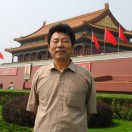
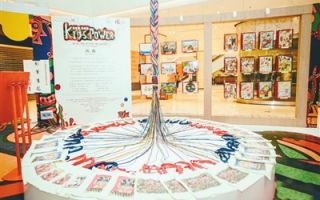
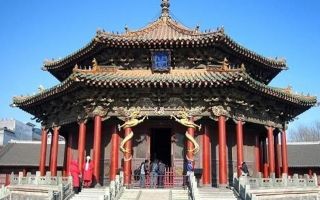
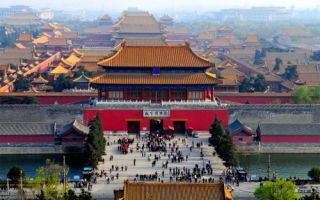
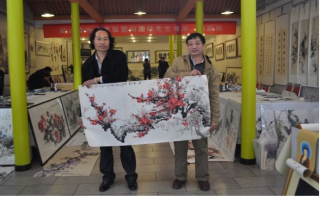
蒲文强